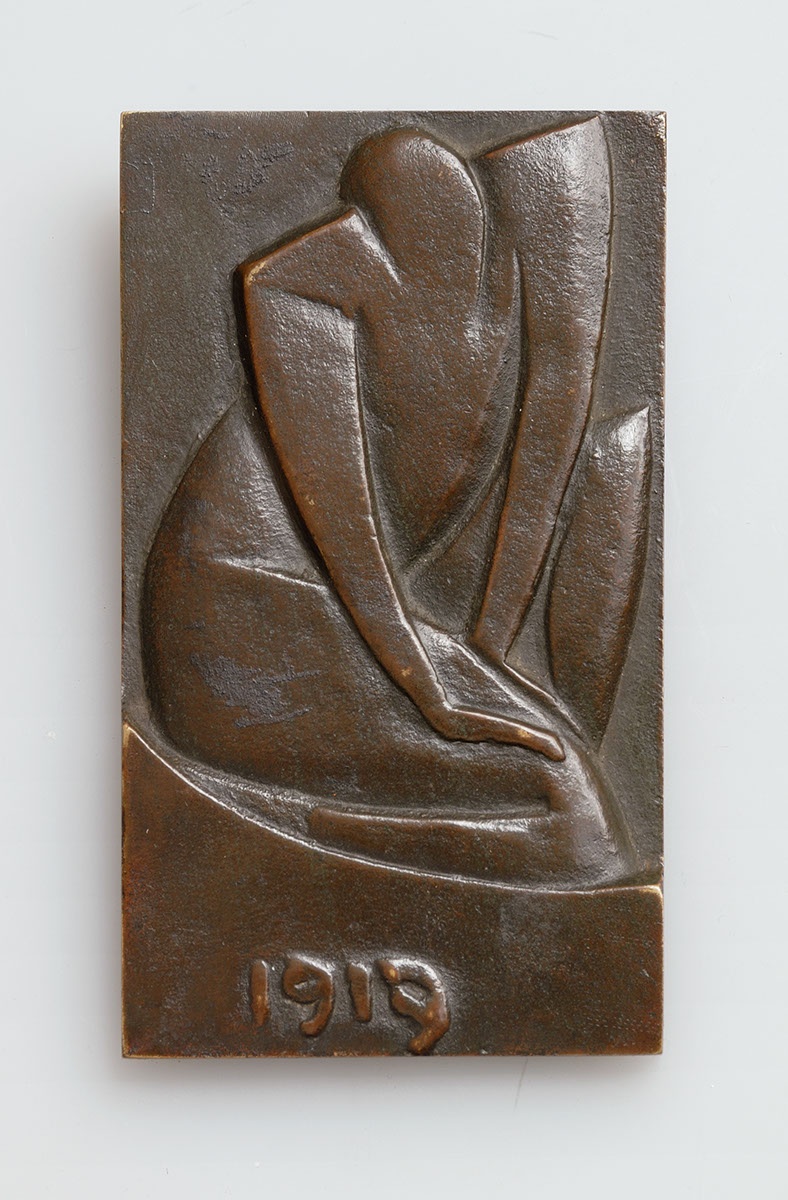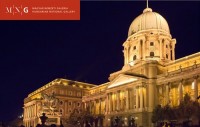Works connected to Activism are quite rare in Hungarian medallic art. Gergely was among those Avant-garde artists linked to Szeged, as for example were József Csáky and Sándor Bánszky, who became Cubist sculptors in Paris, as well as László Moholy-Nagy. Gergely still displayed Expressionist statues at the 3rd exhibition of MA (Today) in September 1918, yet his connection with Activist artists resulted in a turning point in his life, as demonstrated by works with a Cubist leaning he presented at the 5th Exhibition of MA in November 1918. Gergely’s Activist sculpture unfolded during hardly more than a year, up to his voluntary exile in February 1920. His yet immature art in this period can be regarded as a sudden reaction to the most modern trends mediated by the Activists. As can be observed on his plaquette 1919, the artist’s most characteristic approaches present expressionist distortions and Cubist simplification, which was supplemented in his sculpture with the teachings of his former master, Adolf Hildebrand, about “direct carving”.
en

